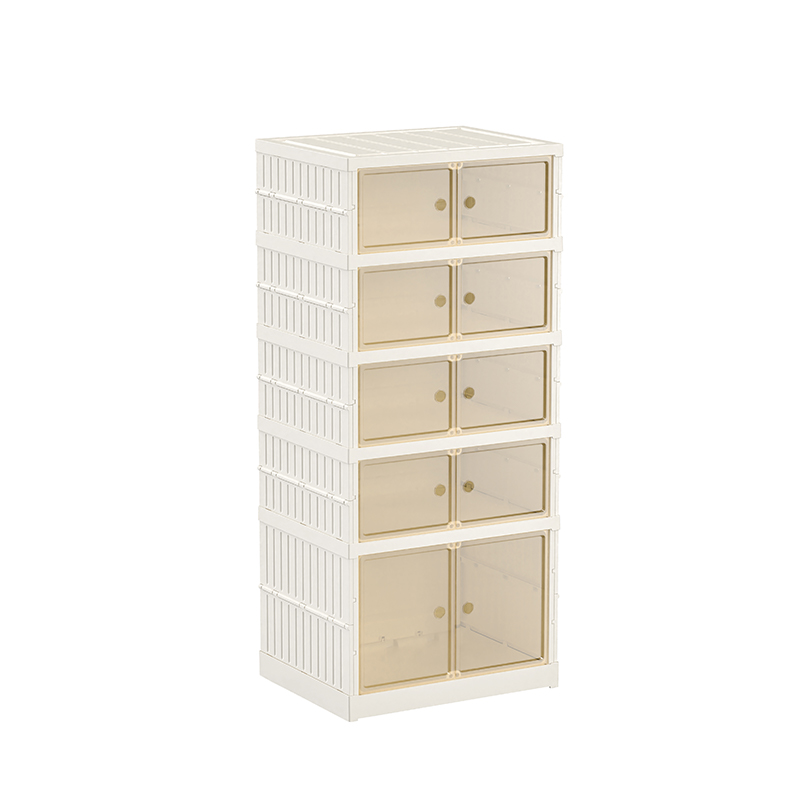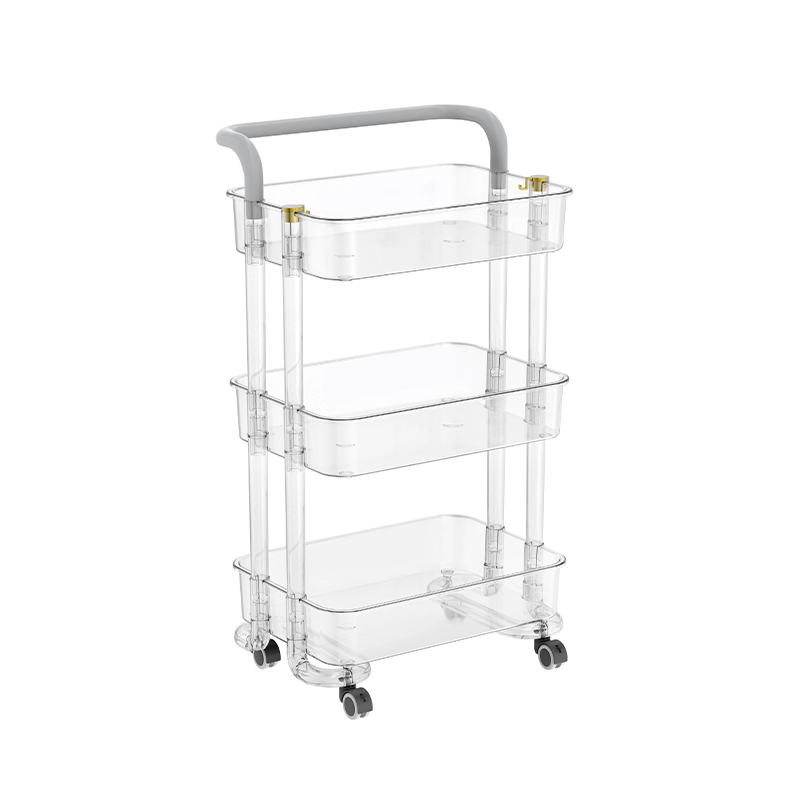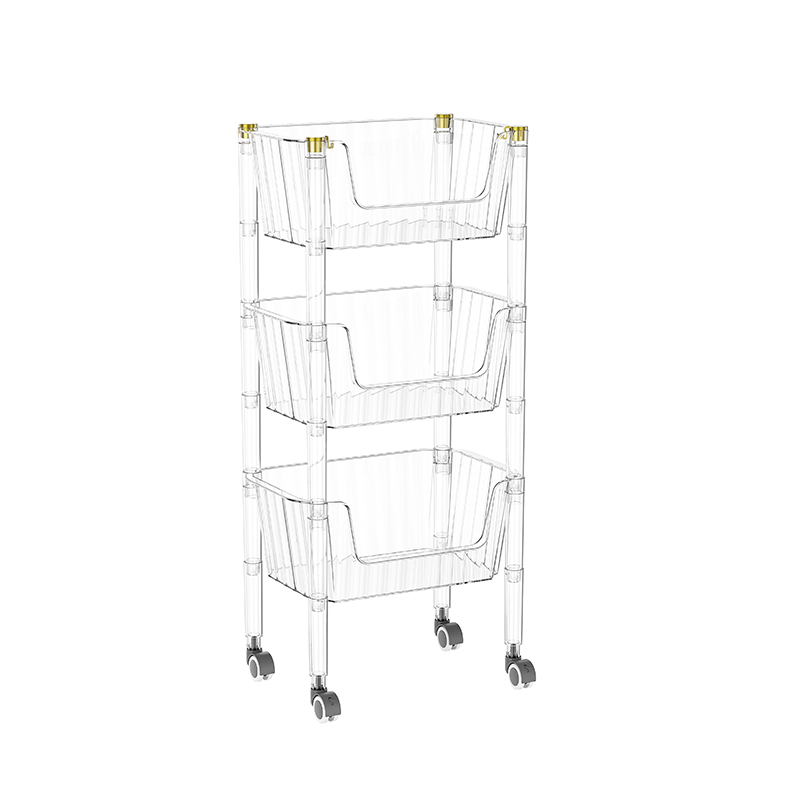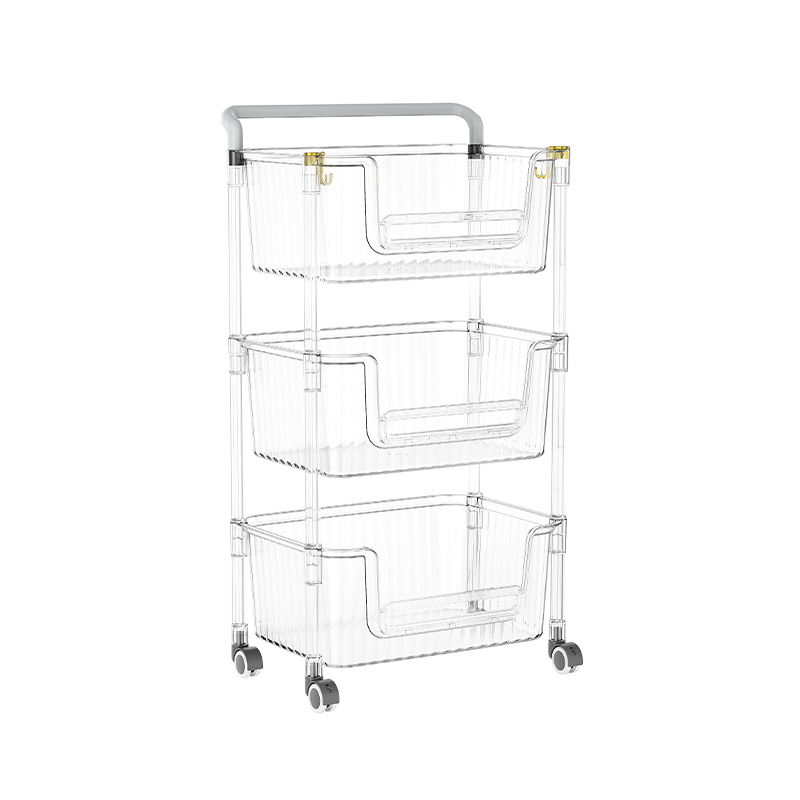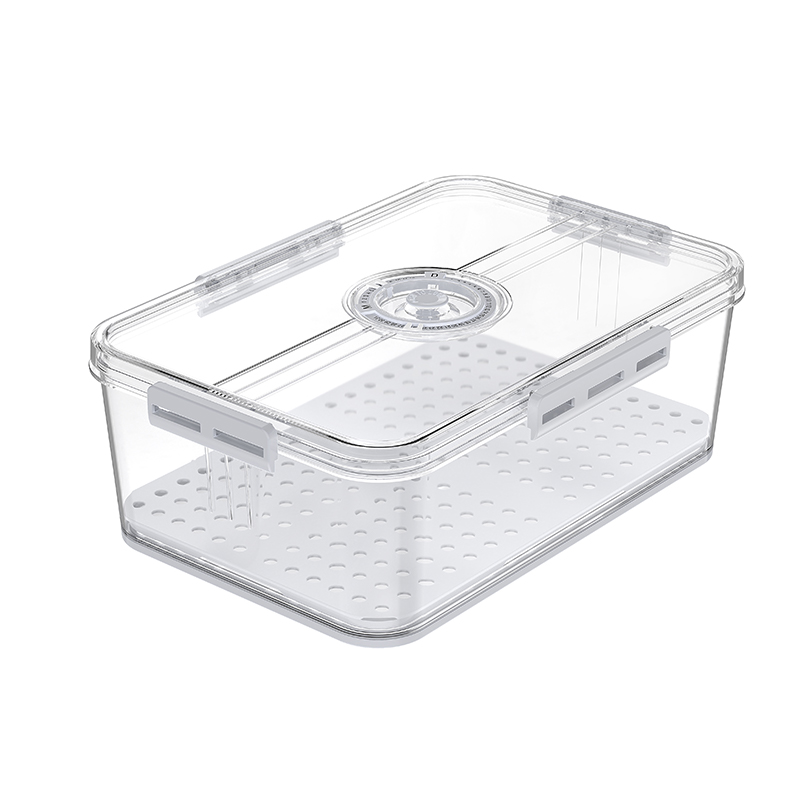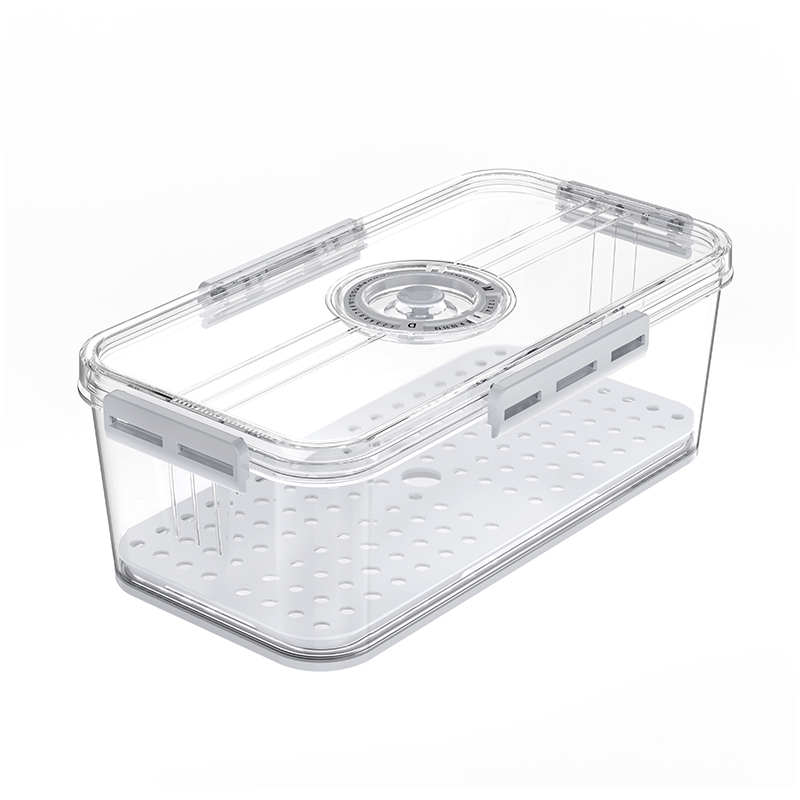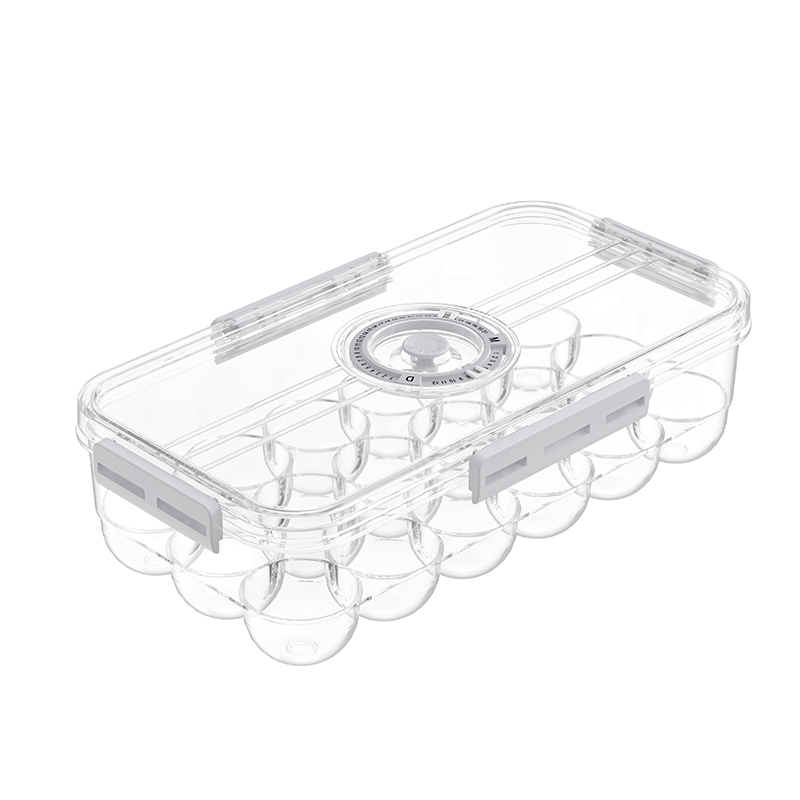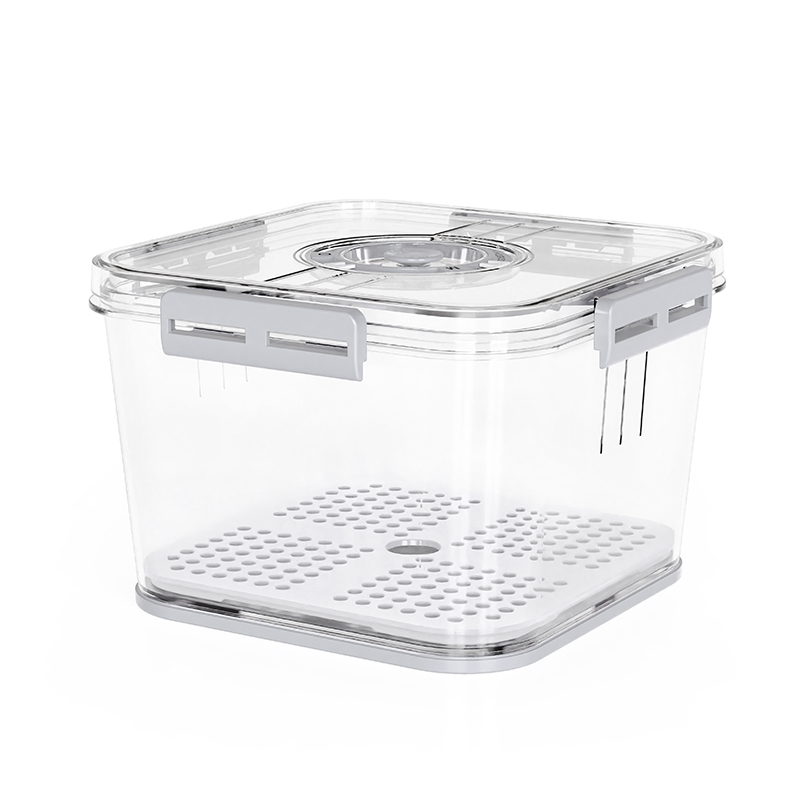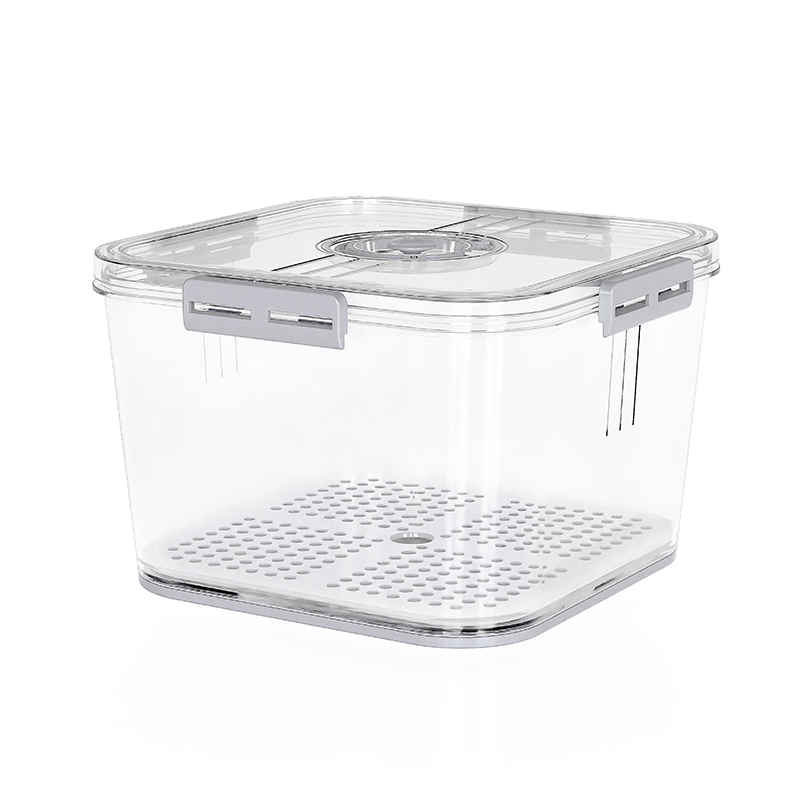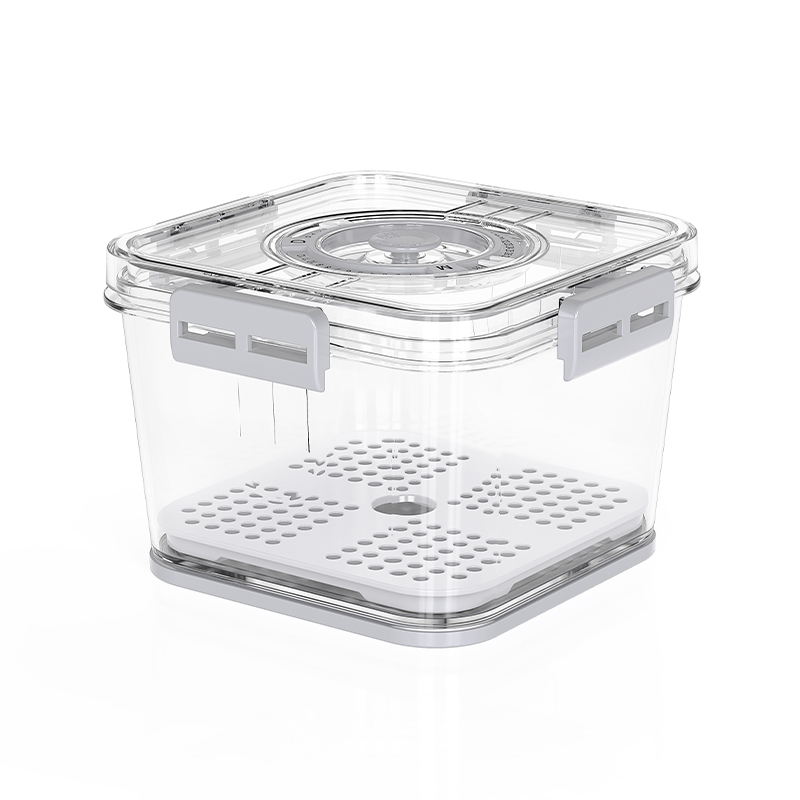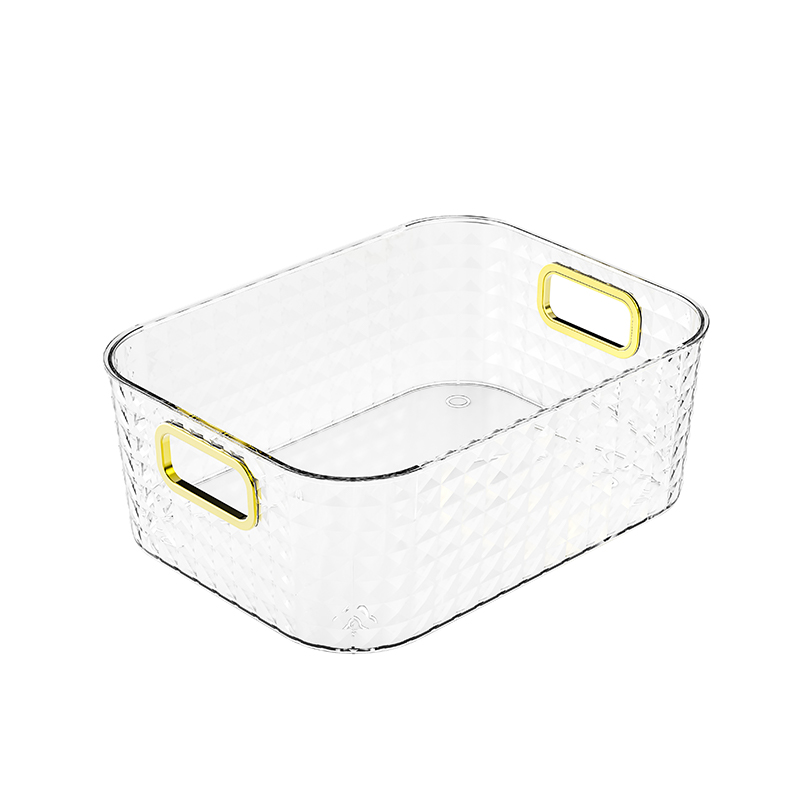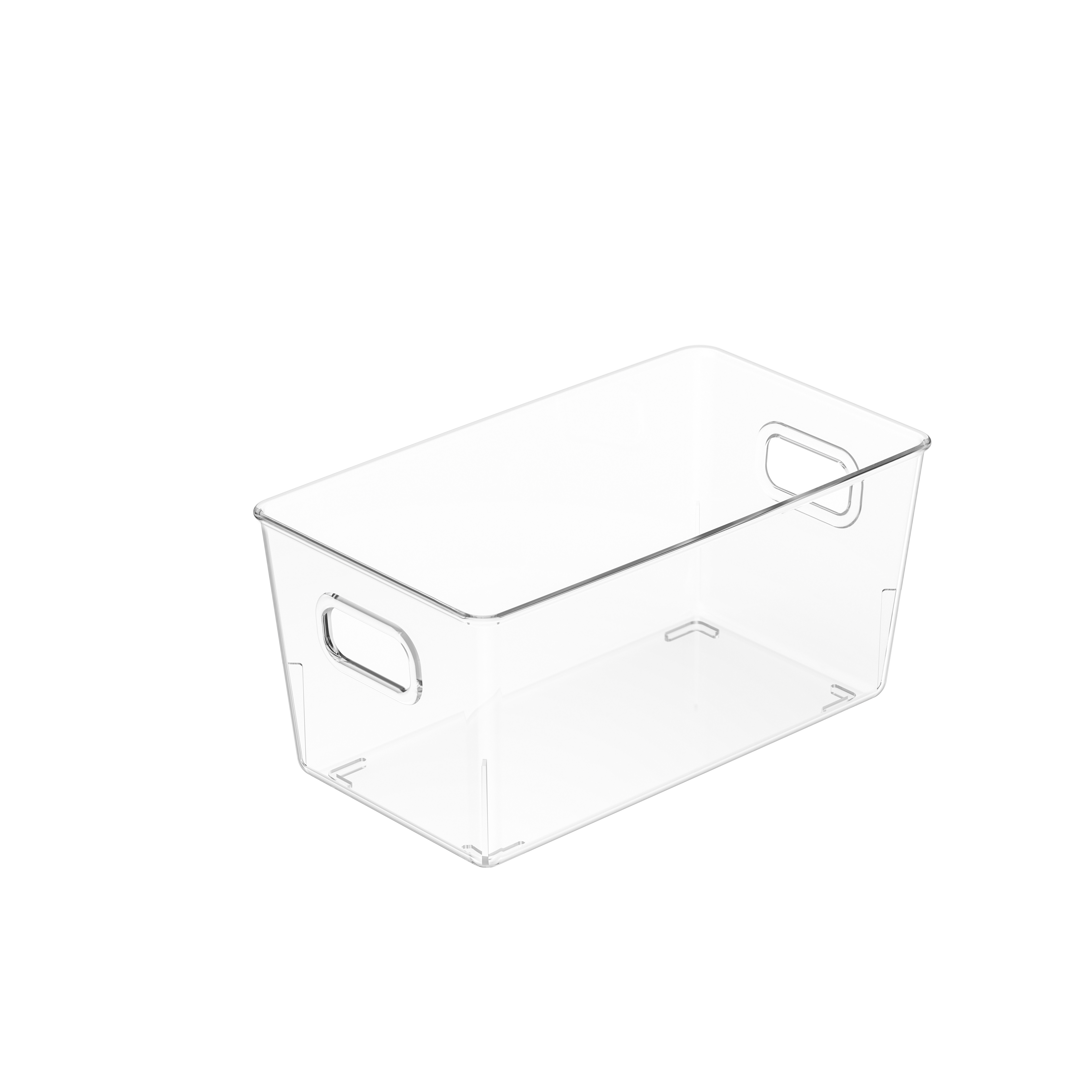Understanding the Causes of Yellowing and Deformation in Kitchen Plastic Storage
Kitchen plastic storage containers are widely used for food organization, preservation, and convenience, but over time, they often experience yellowing or deformation. These issues typically result from environmental exposure, such as heat, ultraviolet light, or food pigments, as well as improper cleaning and material fatigue. Understanding the root causes helps users take preventive measures that extend the usability and appearance of their plastic containers. Most plastic storage items are made from materials such as polypropylene (PP), polyethylene (PE), or polycarbonate (PC). Each of these plastics has its own heat resistance, UV stability, and chemical interaction properties. When exposed to heat or sunlight, the polymer chains in these materials may break down or oxidize, leading to discoloration and structural weakening. Continuous heating in microwaves or dishwashers can accelerate this process, especially for containers not designed for high temperatures.
Selecting the Right Plastic Material for Long-Term Use
One of the most effective ways to prevent yellowing or deformation is to select kitchen plastic storage made from durable and stable materials. Polypropylene (PP) and Tritan™ are generally more resistant to heat and chemical degradation compared to lower-grade plastics. Polycarbonate containers, while clear and strong, may yellow faster if exposed to UV light due to oxidation of bisphenol-A (BPA) residues. Choosing BPA-free and UV-resistant materials ensures that the containers remain clear and structurally stable for a longer period. In addition, users should look for labels such as “microwave-safe” and “dishwasher-safe,” which indicate that the product can handle typical kitchen temperatures without warping. However, even for such containers, controlled use—such as avoiding prolonged heat exposure—is still important.
Proper Cleaning Techniques to Reduce Discoloration
Frequent exposure to oils, sauces, and acidic food can cause staining and discoloration, which may gradually turn into yellowing. To reduce this effect, containers should be cleaned promptly after use with mild dish soap and warm water. Abrasive cleaning pads or harsh chemical detergents should be avoided, as they may scratch the surface and remove protective coatings. Baking soda paste or diluted vinegar can be used for natural stain removal without damaging the material. Additionally, soaking containers in a mixture of water and lemon juice for several hours can help remove stubborn stains. When washing in dishwashers, containers should be placed on the top rack away from the heating element to minimize exposure to high temperatures that could cause deformation.
Impact of Heat and UV Exposure on Plastic Stability
Temperature and ultraviolet light are the primary contributors to plastic degradation. Continuous heating from microwaves, hot water, or direct sunlight causes molecular chain scission within the plastic structure, which manifests as yellowing and brittleness. UV exposure, particularly from placing containers near windows or outdoor drying, leads to oxidation and surface hardening. Over time, these reactions cause plastic to lose transparency and become fragile. To prevent this, users should avoid drying containers under direct sunlight and instead use shade or air-dry methods. If microwave heating is necessary, containers should only be used for short durations and never at maximum power. UV-resistant coatings or additives incorporated during manufacturing can also delay degradation, and such features are typically found in high-quality food storage products.
Preventing Deformation from Heat and Weight Stress
Plastic deformation occurs when the material is exposed to temperatures beyond its softening point or subjected to uneven mechanical stress. For instance, stacking heavy containers on top of each other or placing them near stovetops may cause warping. Polypropylene containers generally have a heat tolerance up to 120°C, while polyethylene softens around 80°C. Awareness of these temperature limits helps users handle containers safely. During microwave use, it is best to heat food in shorter intervals and stir contents between sessions to distribute heat evenly. Similarly, when cleaning, avoid pouring boiling water directly into containers. Proper stacking and storage in cool, dry environments help maintain shape stability over time.
Using Paint Tray Liners and Similar Protective Measures for Plastic Storage
Though paint tray liners are designed for painting tools, a similar concept applies to protecting plastic storage from wear. Using removable liners or inserts, such as silicone or thin plastic sheets, can prevent food pigments and oils from directly contacting the container surface. This not only reduces staining and odor retention but also minimizes direct heat exposure during reheating. Such protective accessories are especially useful for storing colored or oily foods. The idea of a replaceable protective layer ensures that the original container remains clean and less prone to degradation, extending its usability.
Storage Practices to Maintain Longevity of Plastic Containers
Proper storage plays a crucial role in preventing deformation and discoloration. Plastic containers should be stored in cool, dry cabinets away from direct sunlight or heat sources. Before storage, ensure that containers are completely dry to prevent moisture-induced odor and mold. Stacking should be done carefully, avoiding heavy pressure that may warp the lower containers. For airtight containers, it is advisable to store them with lids slightly open to balance air pressure and reduce stress on seals. These practices maintain not only the physical integrity but also the hygiene of the storage system, making it safer for long-term kitchen use.
Comparing Different Plastic Types for Yellowing and Heat Resistance
The material choice directly influences how well a plastic container can resist yellowing and deformation. The following table compares common types of kitchen storage plastics in terms of their resistance to heat and discoloration:
| Material | Heat Resistance (°C) | UV Resistance | Yellowing Tendency | Recommended Use |
|---|---|---|---|---|
| Polypropylene (PP) | Up to 120 | Moderate | Low | Microwave-safe food containers |
| Polyethylene (PE) | Up to 80 | Low | Moderate | Cold food storage |
| Polycarbonate (PC) | Up to 130 | Low | High (UV sensitive) | Reusable bottles, transparent storage |
| Tritan™ Copolyester | Up to 110 | High | Very low | Baby bottles, long-term storage |
Role of Additives and Coatings in Extending Plastic Life
Modern plastic storage manufacturers often incorporate stabilizers, antioxidants, and UV-absorbing agents to enhance the life span of their products. These additives slow down the oxidation process and prevent yellowing. Coatings such as silicon oxide or fluorinated films can add a layer of protection against oil absorption and staining. However, these coatings can wear off with frequent washing, so gentle cleaning is essential. Some premium containers also use double-layer structures that provide better insulation and protect inner layers from direct thermal exposure. Users who frequently use microwaves or dishwashers should prioritize such enhanced materials to ensure stability under repetitive heat cycles.
Natural and DIY Methods to Maintain Transparency
For users seeking natural methods to restore clarity and prevent yellowing, DIY cleaning solutions can be effective. A mixture of baking soda and water forms a mild abrasive paste that removes surface oxidation without scratching the container. Soaking containers in diluted hydrogen peroxide can also lighten yellowed plastic. Regular maintenance cleaning every few weeks helps prevent buildup from food pigments. Lemon juice, vinegar, and salt can be used for mild chemical cleaning without the risk of residue contamination. Such sustainable methods not only maintain the container’s appearance but also reduce the need for chemical-based cleaners, making them suitable for food-related applications.
Importance of Choosing Quality and Regular Replacement
Even with proper care, kitchen plastic storage containers have a limited lifespan due to material fatigue. Regular inspection is important to check for cracks, warping, or discoloration, which may compromise food safety. Containers showing signs of damage should be replaced to avoid potential leaching of degraded material into food. It is advisable to invest in high-quality containers that are certified for food contact and made from stable materials. Replacing containers every few years ensures hygiene and safety while maintaining consistent performance in daily kitchen use.
Summary of Preventive Measures
The following table summarizes the key preventive measures for maintaining the clarity and shape of kitchen plastic storage over time:
| Category | Preventive Action | Benefit |
|---|---|---|
| Material Selection | Use heat- and UV-resistant plastics such as PP or Tritan™ | Minimizes discoloration and deformation |
| Cleaning | Clean promptly using mild detergents and natural stain removers | Prevents buildup and yellowing |
| Heat Exposure | Limit microwave or dishwasher exposure time | Reduces deformation risk |
| Storage | Store in cool, dry, and shaded places | Prevents UV damage and odor buildup |
| Maintenance | Inspect and replace worn containers regularly | Ensures hygiene and safe usage |

